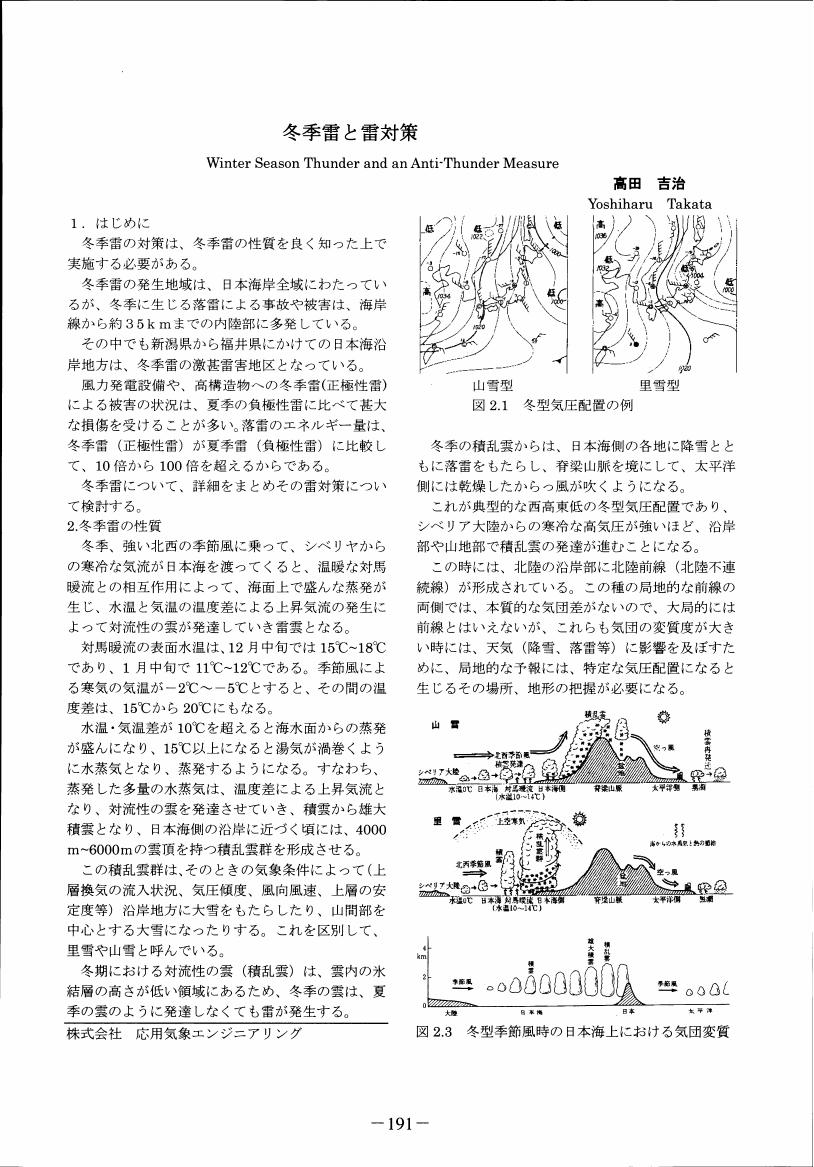2 0 0 0 OA 保育士養成と三歳児神話 : 内面化された家族規範
- 著者
- 杉浦 浩美 Hiromi SUGIURA
- 出版者
- 埼玉学園大学
- 雑誌
- 埼玉学園大学紀要. 人間学部篇 = Bulletin of Saitama Gakuen University. Faculty of Humanities (ISSN:13470515)
- 巻号頁・発行日
- vol.18, pp.183-194, 2018-12-01
2 0 0 0 車両と電気
- 著者
- 車両電気協会 [編]
- 出版者
- 車両電気協会
- 巻号頁・発行日
- vol.38(2), no.442, 1987-02
- 著者
- 五十嵐 隆幸
- 出版者
- 一般財団法人 日本国際政治学会
- 雑誌
- 国際政治 (ISSN:04542215)
- 巻号頁・発行日
- vol.2019, no.197, pp.197_42-197_57, 2019-09-25 (Released:2020-04-16)
- 参考文献数
- 104
Was the Sino-American Rapprochement a turning point that changed everything? In 1969, the ROC changed the military strategy from “Offensive Posture” to “Unity of Offensive and Defensive”. Certainly, the advent of Nixon gave a big impact to the ROC’s national security, which heavily relied on the US. However, the ROC Government might decide to change its military strategy from “Retaking the Mainland,” which had been attempted for over a decade, to building up the consolidation of Taiwan’s defense when encountering the escalation of the PRC’s military threat even at the peak of the chaotic Great Leap Forward and Great Proletarian Cultural Revolution.The chaos in Mainland China in the 1960s provided a chance for the ROC to retake the mainland. The ROC would have been able to initiate military operations if received support from the US Nevertheless, US Government after the Kennedy administration was seeking coexistence with the PRC and therefore rejected all ROC’s requests.At that time the PRC was strengthening its nuclear capability and conventional forces despite being in a state of political chaos. In response to the growing military threat of the PRC, improvement of the ROC government’s defense capability to secure “Taiwan” became its top priority. Moreover, when the US abolition of Military Assistance Program was announced, the ROC Government was forced to improve military advancement at the expense of its own economy and spend the limited budget on defense in priority. Therefore, the ROC Government had begun to reform the “Offensive Posture” strategy that it adopted since 1949, and decided to change to the “Unity of Offensive and Defensive” strategy that focused on defense more than before. This was before Nixon put forth the “Guam Doctrine” and started to approach the PRC.Division of “China” was incorporated into the Cold War and immobilized. Although the chaos in Mainland China in the 1960s was likely to develop into “hot war” if ROC took military action. The US suppressed the ROC’s action for changing the status quo and avoided military conflict with the PRC. There is no doubt that the current US-China-Taiwan relations was formed in the 1970s, beginning with Nixon’s rapprochement to the PRC. However, the structure of maintaining the status quo of the ROC’s endeavor to acquire the US military commitment to resist the PRC’s continuous military expansion was gradually formed through the 1960s.
- 著者
- 福島 亮
- 出版者
- 日本フランス語フランス文学会関東支部
- 雑誌
- 日本フランス語フランス文学会関東支部論集 日本フランス語フランス文学会関東支部 (ISSN:09194770)
- 巻号頁・発行日
- pp.55-68, 2020 (Released:2021-08-19)
2 0 0 0 OA 冬季雷と雷対策
- 著者
- 高田 吉治
- 出版者
- 一般社団法人 日本風力エネルギー学会
- 雑誌
- 風力エネルギー利用シンポジウム (ISSN:18844588)
- 巻号頁・発行日
- vol.29, pp.191-194, 2007 (Released:2011-07-11)
- 参考文献数
- 1
2 0 0 0 OA Urban Geography in Postwar Japan
- 著者
- Kazutoshi ABE
- 出版者
- The Association of Japanese Geographers
- 雑誌
- Geographical review of Japan, Series B (ISSN:02896001)
- 巻号頁・発行日
- vol.69, no.1, pp.70-82, 1996-06-01 (Released:2008-12-25)
- 参考文献数
- 157
- 被引用文献数
- 3 5
The postwar development of Japanese urban geography is divided into four periods. The amount of research in urban geography has increased, expanding study targets and analytical methods. With an increase in studies of urbanization in the 1950s, heated debate ensued and stimulated urban geographers, leading to the subsequent development of urban geography. There are two approaches, to regard a city as a specific point or as an area. The former is represented by studies on the central place and the urban system, while the latter is represented by studies on the internal structure of a city. These two have been dealt with almost equally by Japanese urban geographers. The trends of urban geography comprise the following points: an emphasis on the functional aspects; the introduction of more quantitative approaches; and an increase in the number of studies of foreign cities. Two points are indispensable for the further development of Japanese urban geography: controversy and theorization. The implications of the former are evident, judging from the role that debate played in the initial urbanization controversy. Clearly, progress cannot be made without dispute and debate. Theorization is equally important. Quantitative geography was originally oriented toward theory, although theorization can be accomplished without the use of a quantitative approach. Whether quantitative or nonquantitative approaches are taken depends on the attitude of researchers, but both provide Japanese urban geography, which has traditionally depended on imported foreign accomplishments for its development, with an opportunity to transmit information internationally.
2 0 0 0 OA 臓器売買問題と生命倫理学の視点
- 著者
- 今井 竜也
- 出版者
- 金沢大学大学院社会環境科学研究科
- 雑誌
- 社会環境研究 (ISSN:13424416)
- 巻号頁・発行日
- vol.70, pp.131-140, 2002-03-01

